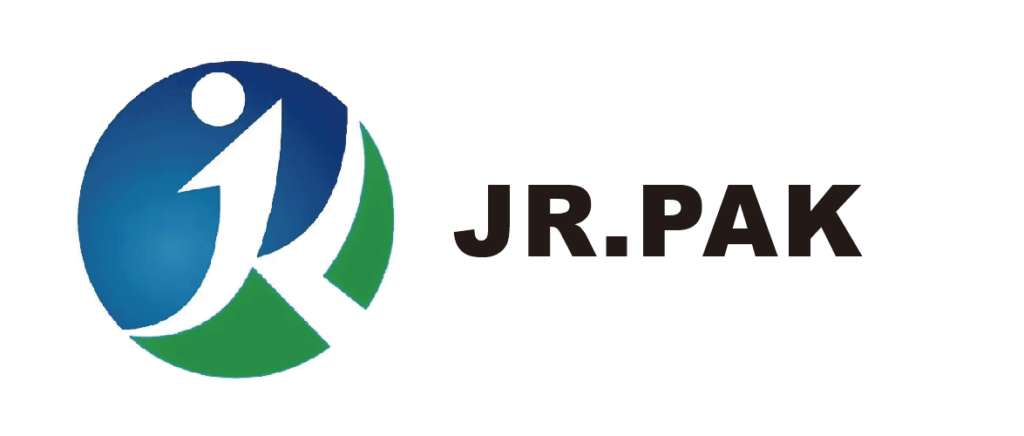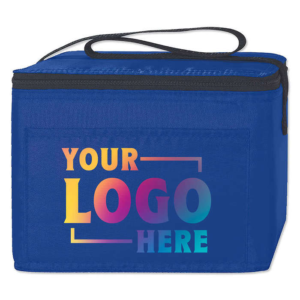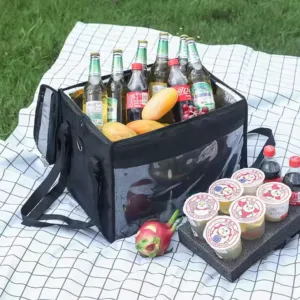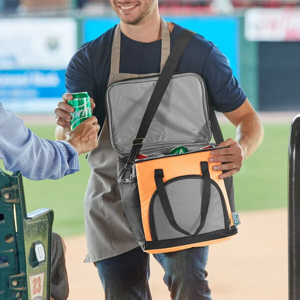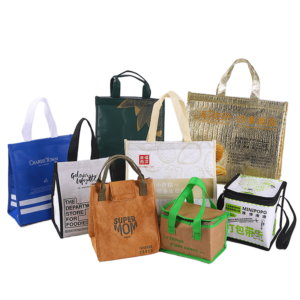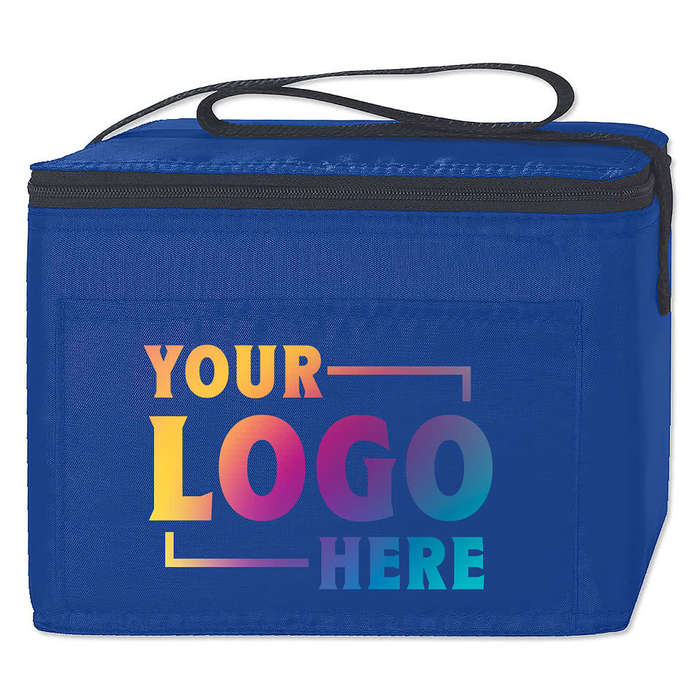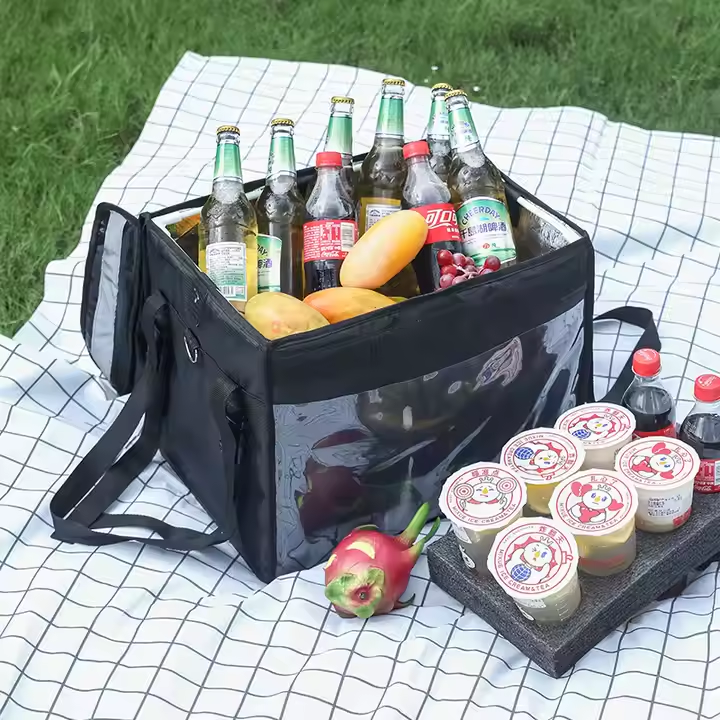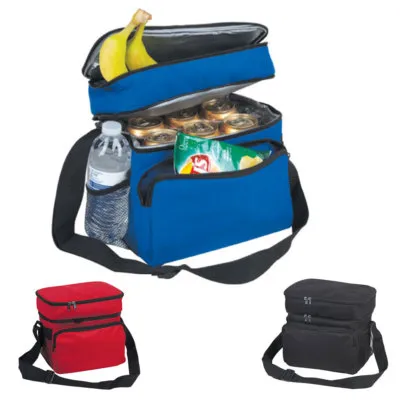The polypropylene (PP) woven bag market is rapidly expanding due to multiple converging economic, environmental, and technological factors. This article explores the eight most influential growth drivers shaping the global PP woven bag industry and influencing supply chain strategies.

Growth in the PP woven bag market is driven by packaging sustainability, expanding industries like agriculture and logistics, and advances in manufacturing and customization technologies.
Understanding these drivers is essential for businesses aiming to capitalize on market opportunities and navigate supply chain decisions effectively.
1. Increasing Demand for Flexible and Sustainable Packaging[^1]
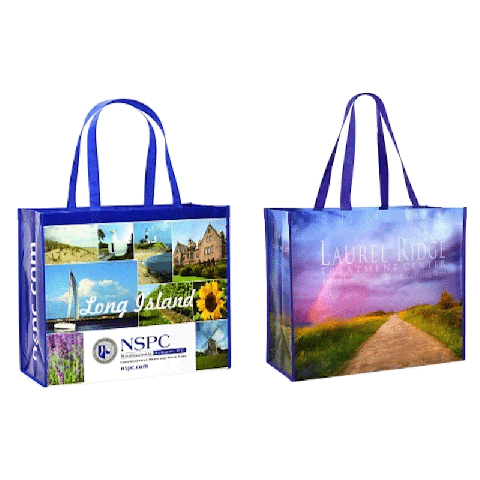
PP woven bags offer a unique combination of lightweight durability and environmental adaptability. These features make them a popular packaging choice in industries moving toward greener practices.
Key Features of Sustainable Packaging
| Feature | Impact |
|---|---|
| Lightweight structure | Reduces shipping emissions |
| Reusability | Supports circular economy |
| Moisture resistance | Protects goods without added coatings |
| Custom printing options | Enhances brand visibility |
Consumers and companies are both seeking packaging that aligns with environmental goals without compromising functionality. This shift increases demand across retail, agriculture, and industrial sectors.
2. Expansion of Agriculture and Food Sectors
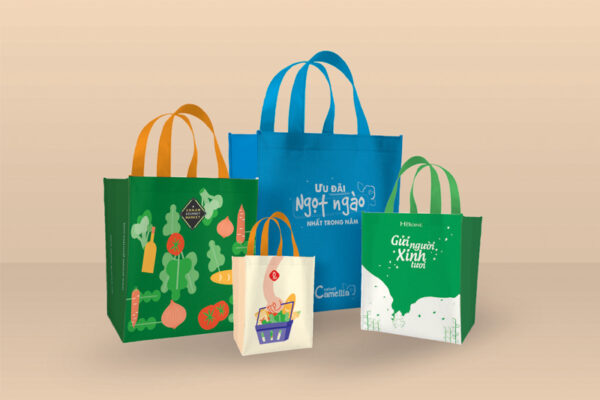
As agriculture and food production grow globally, the need for reliable, durable packaging is also rising. PP woven bags meet this need due to their breathability, strength, and ability to handle bulk volumes.
Packaging Uses in Agriculture
| Product Category | Packaging Need | PP Woven Bag Benefit |
|---|---|---|
| Grains | Ventilation + durability | Breathable yet strong |
| Seeds | Moisture control | Weather-resistant coatings |
| Produce | Bulk handling | Easily stackable and reusable |
This trend is especially pronounced in Asia-Pacific, where agricultural expansion supports rural economies and drives market demand.
3. Technological Advancements in Manufacturing[^2]
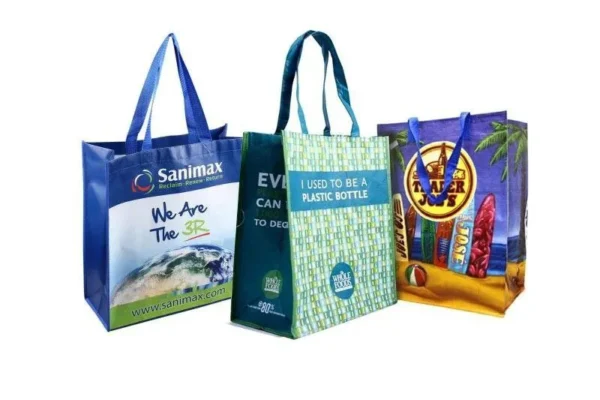
New technologies in bag production are elevating the quality and appeal of PP woven bags. Innovations such as high-definition flexographic printing and automated weaving boost efficiency and customization.
Recent Technological Developments
| Innovation | Market Impact |
|---|---|
| Digital printing | Better graphics for branding |
| Laminated finishes | Improved barrier protection |
| Inline quality control | Fewer defects, higher output |
| Ultrasonic sealing | Stronger seams with less waste |
Manufacturers who invest in these technologies can offer faster turnaround and better quality control, which in turn attracts high-volume buyers.
4. Cost-Effectiveness[^3]
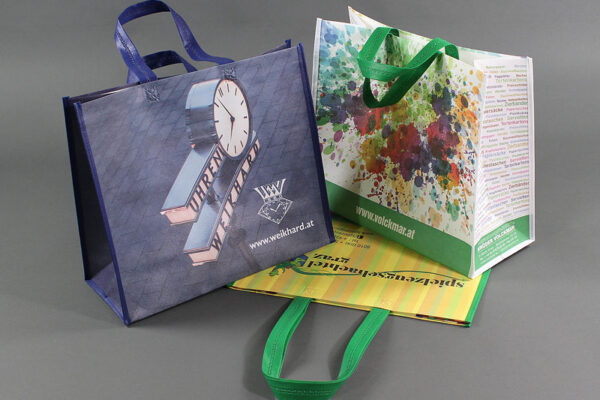
PP woven bags are often more affordable than paper, jute, or plastic alternatives. Their strength-to-weight ratio and reusability reduce both packaging and transportation costs.
Comparison of Packaging Materials
| Material | Cost Efficiency | Durability | Reusability |
|---|---|---|---|
| PP Woven Bags | High | High | Yes |
| Paper Bags | Moderate | Low | No |
| Jute Bags | Low | Medium | Limited |
For cost-sensitive industries like agriculture and chemicals, this affordability makes PP woven bags an ideal solution.
5. Growing E-commerce and Logistics Needs[^4]
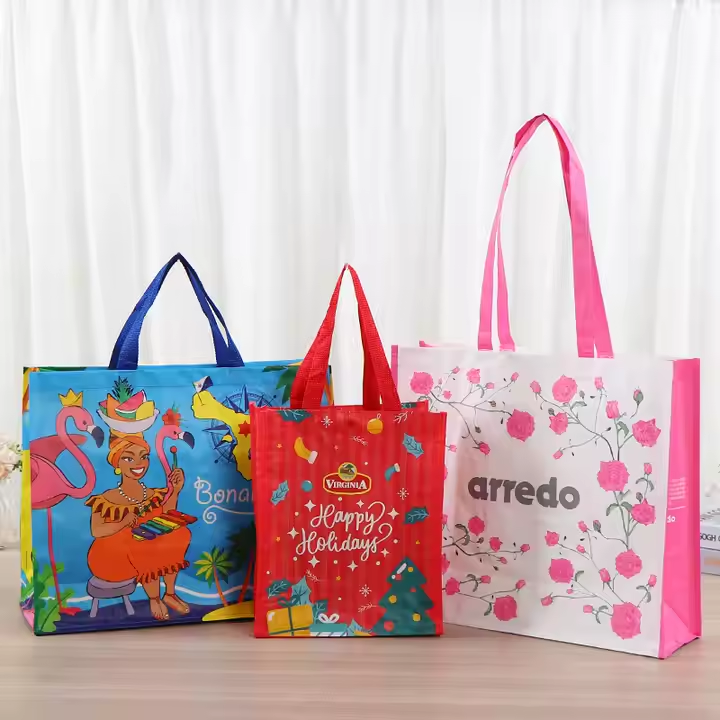
As online retail and last-mile logistics grow, so does the need for tough, weather-resistant packaging. PP woven bags meet the durability and flexibility requirements for shipping across varied environments.
E-Commerce Packaging Requirements
| Need | PP Woven Bag Solution |
|---|---|
| Load-bearing capacity | High tensile strength |
| Moisture protection | Laminated or coated designs |
| Space optimization | Flexible and stackable |
| Reusability | Long life cycle |
These features are especially valuable for cross-border shipments where packages endure long transit and handling.
6. Increasing Focus on Sustainability and Recyclability[^5]
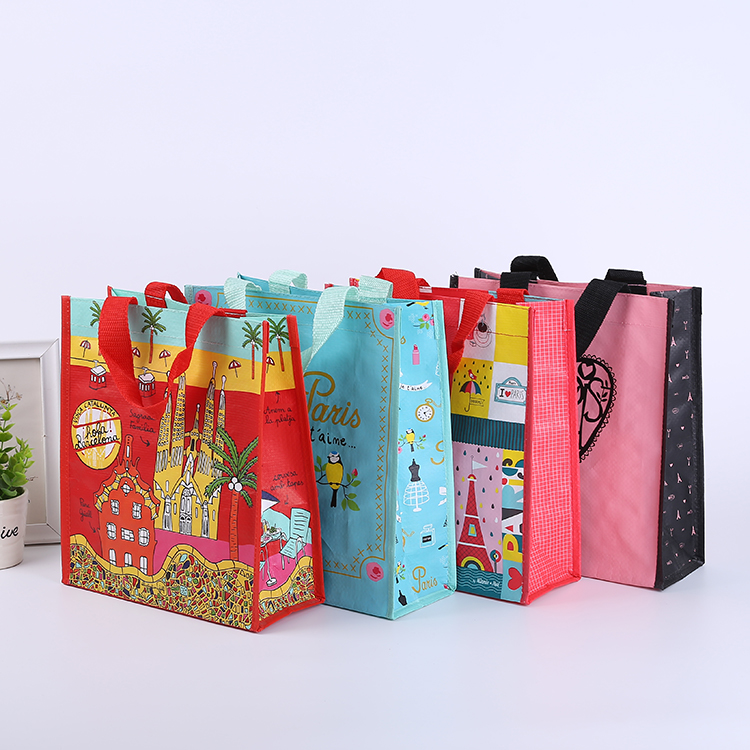
Environmental regulations and consumer preferences are accelerating the shift away from single-use plastics. PP woven bags, being recyclable and reusable, offer a sustainable alternative.
Regulatory Trends Supporting Growth
| Region | Regulation Type | Market Outcome |
|---|---|---|
| EU | Single-use plastic bans | Boost in recyclable packaging |
| North America | Corporate sustainability targets | Switch to reusable solutions |
| Asia-Pacific | Waste reduction mandates | Surge in eco-packaging demand |
PP woven bags’ recyclability not only meets regulatory standards but also improves brand image for eco-conscious companies.
7. Versatility and Customization Capacity[^6]
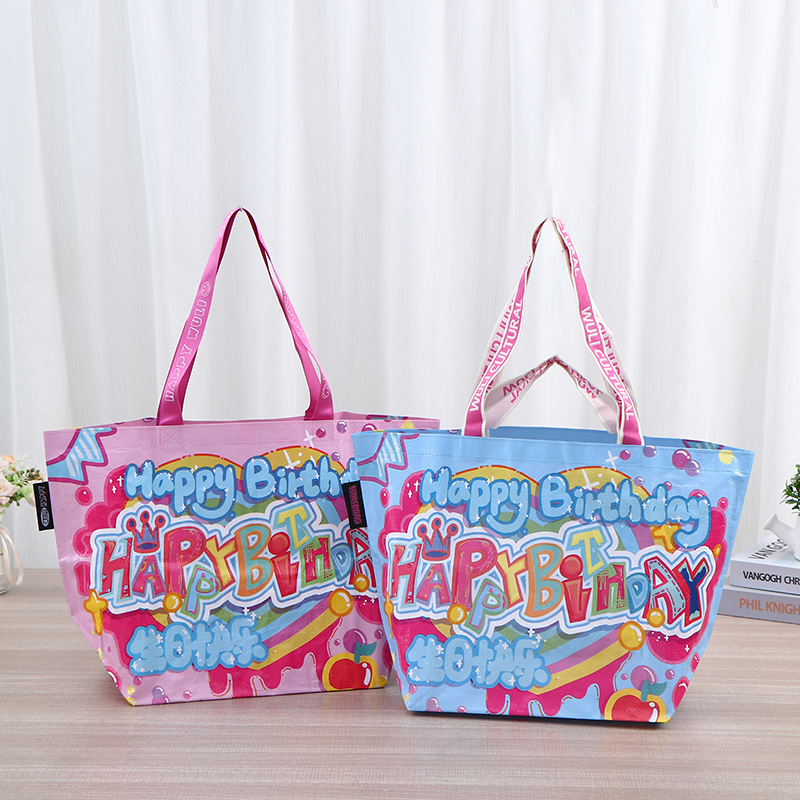
PP woven bags can be tailored in terms of size, color, printing, and structural design. This versatility supports use across industries like chemicals, retail, logistics, and agriculture.
Customization Options
| Element | Business Advantage |
|---|---|
| Branding graphics | Enhances visibility |
| Gusset shapes | Accommodates diverse products |
| Handle styles | Improves user experience |
| UV protection | Extends shelf life outdoors |
Buyers appreciate the ability to align packaging with branding and product needs. Custom options also add perceived value at the point of sale.
8. Global Trade and Industrial Growth[^7]
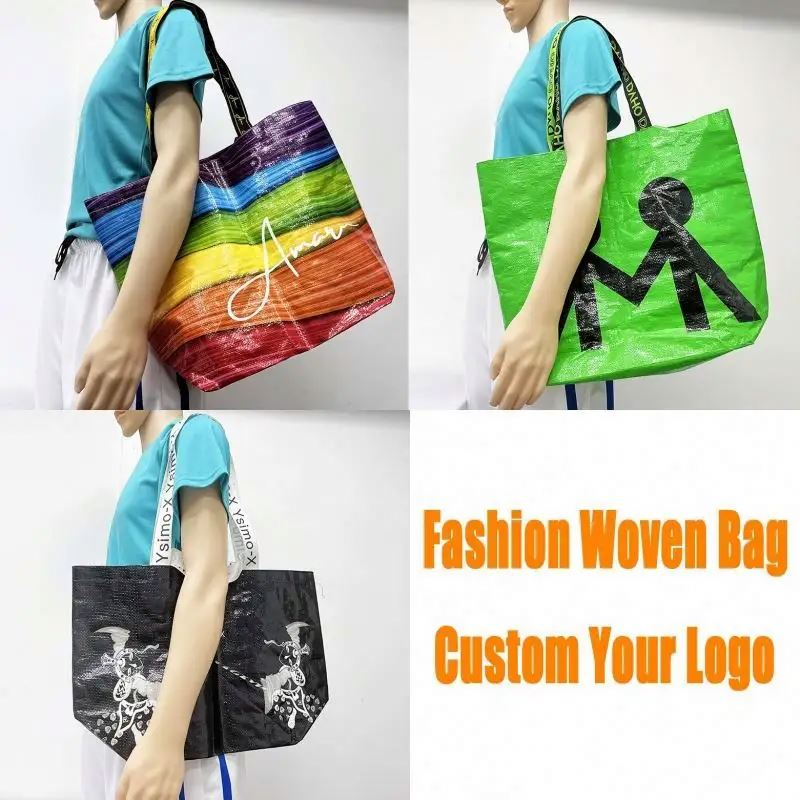
Global industrial expansion and rising trade volumes—especially in bulk commodities—drive demand for strong, efficient packaging. PP woven bags are essential in shipping cement, fertilizers, chemicals, and construction materials.
Industrial Use Cases
| Industry | Common Use |
|---|---|
| Construction | Cement, sand, insulation |
| Chemicals | Granules, powders, resins |
| Manufacturing | Spare parts, components |
As countries expand their infrastructure and manufacturing bases, the need for scalable packaging grows in tandem. PP woven bags support this growth with their durability and cost efficiency.
Conclusion
The global PP woven bag market is growing steadily, driven by sustainability, technological innovation, and booming industries like agriculture, logistics, and manufacturing. Each growth driver contributes uniquely—whether by cutting costs, meeting environmental goals, or supporting global supply chains.
At JiaRong Packaging, we see firsthand how these trends shape buyer demands across international markets. Our experience with custom solutions and large-scale production ensures we remain aligned with evolving industry needs.
Which driver do you think will have the most impact on the market in the next five years? Share your thoughts in the comments!
---
[^1]: Explore how flexible and sustainable packaging can enhance your brand's environmental impact and appeal.
[^2]: Stay updated on the latest manufacturing technologies that enhance product quality and efficiency.
[^3]: Find out how cost-effective packaging solutions can benefit your business's bottom line.
[^4]: Explore how the growth of e-commerce is reshaping packaging requirements and solutions.
[^5]: Learn about the advantages of recyclable packaging and its impact on the environment.
[^6]: Discover the importance of customization in packaging and how it can enhance product appeal.
[^7]: Understand the relationship between global trade growth and the demand for effective packaging solutions.